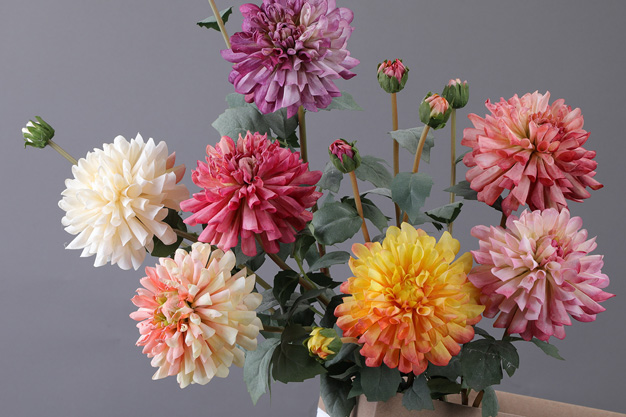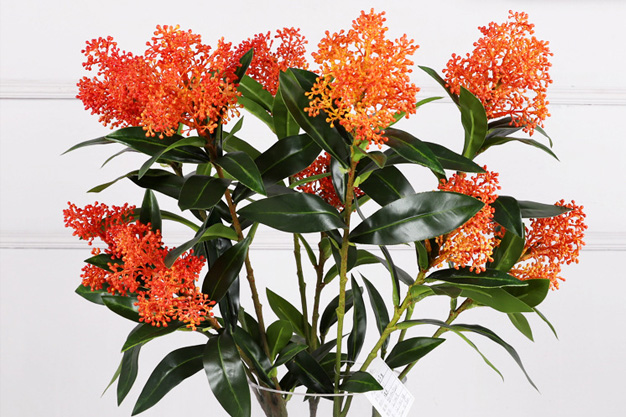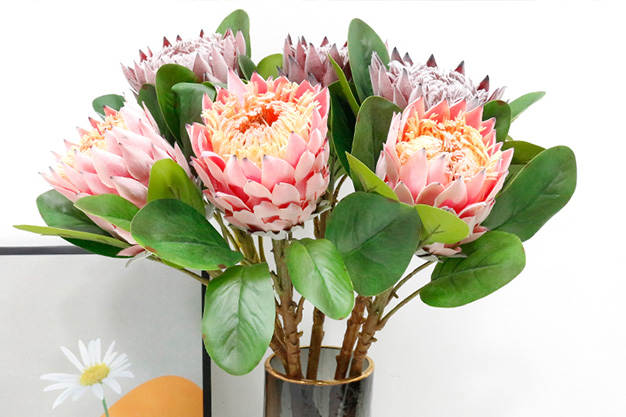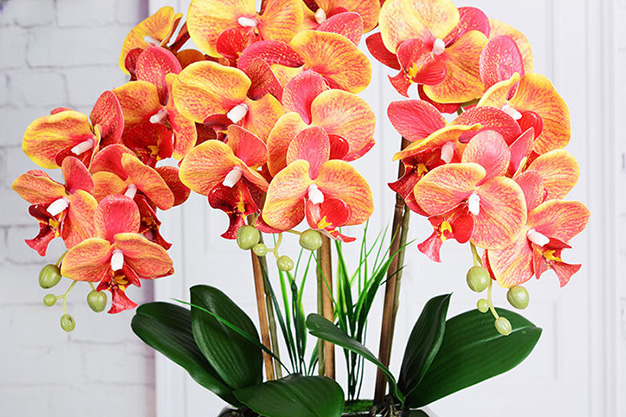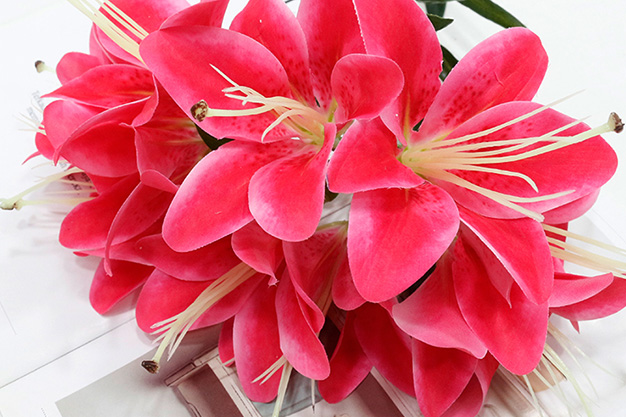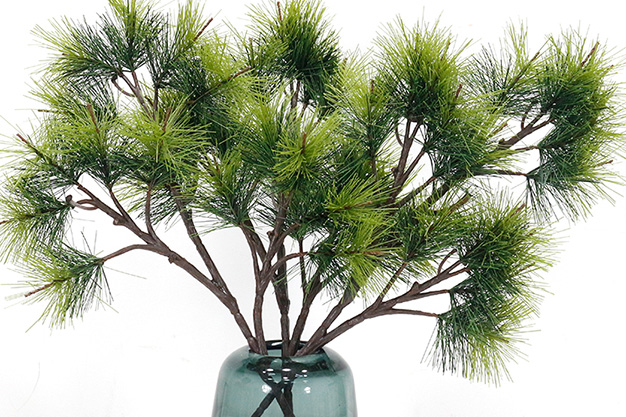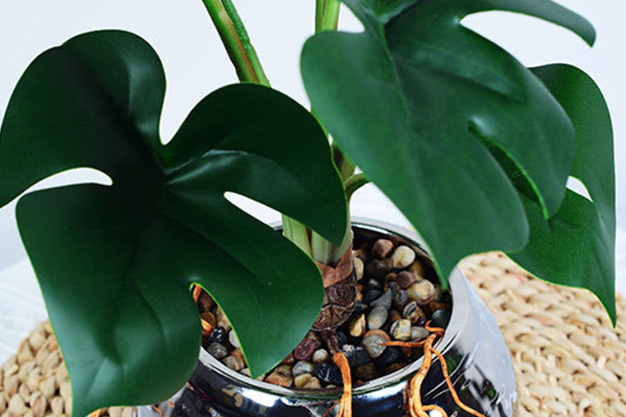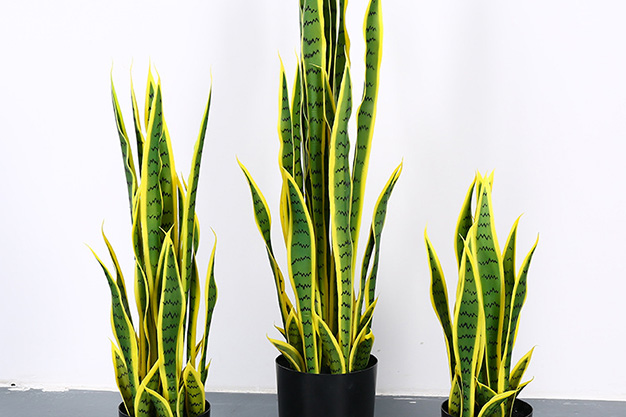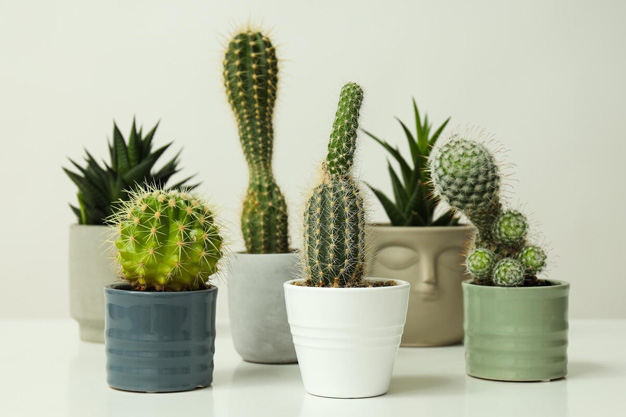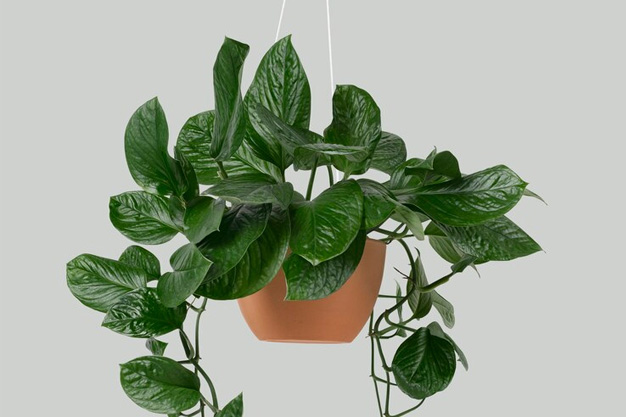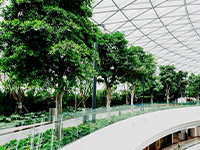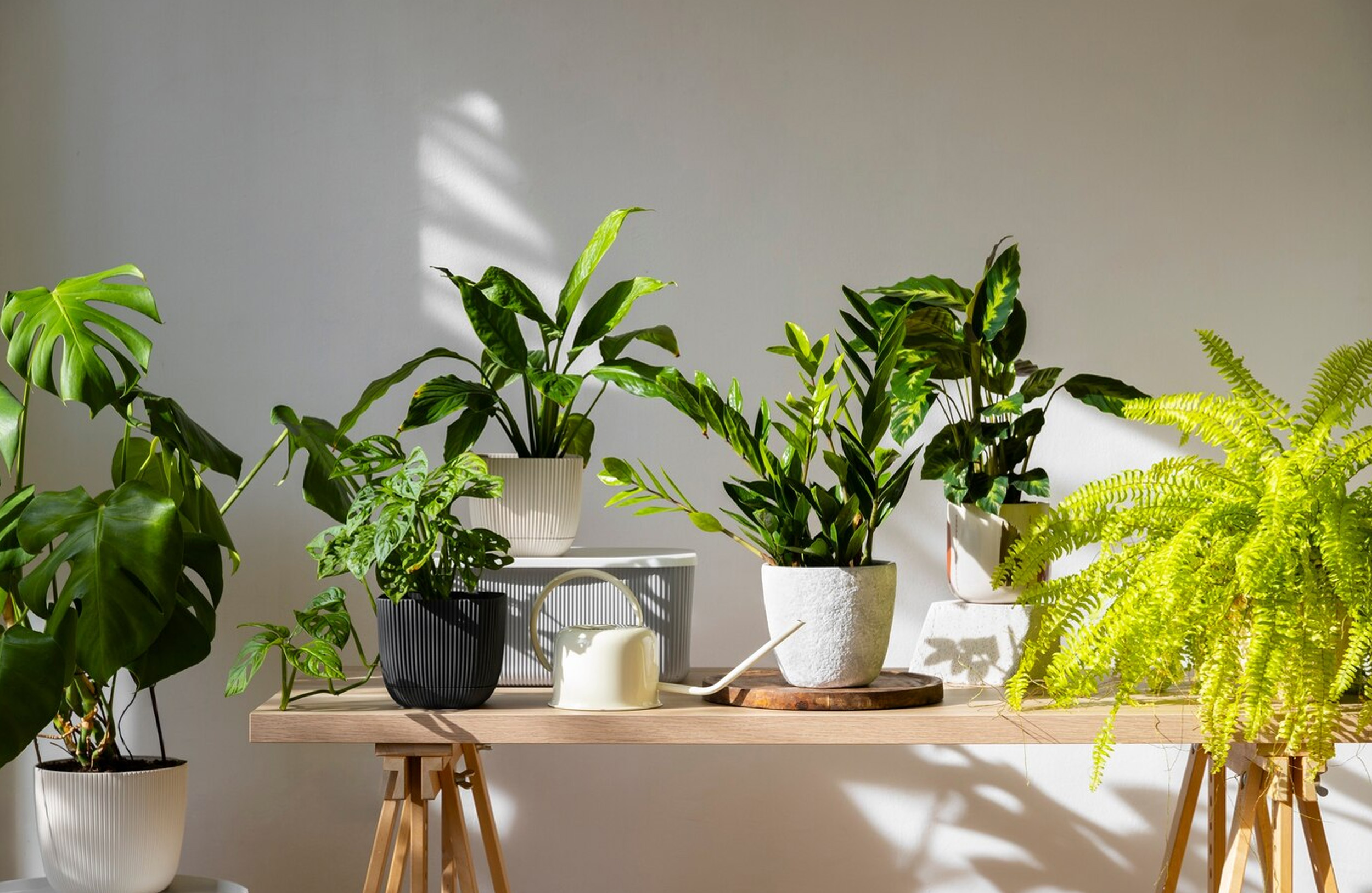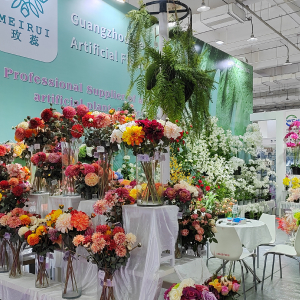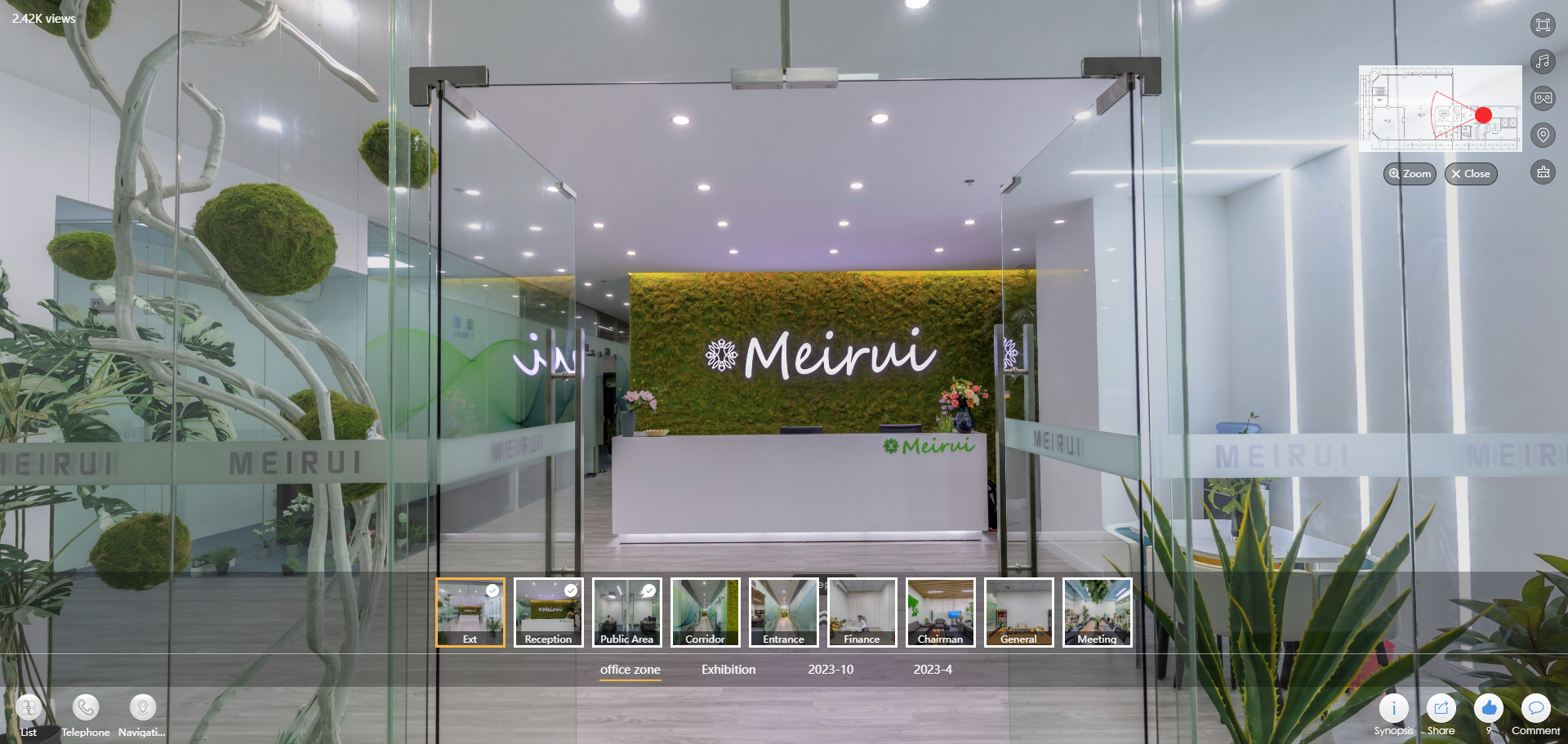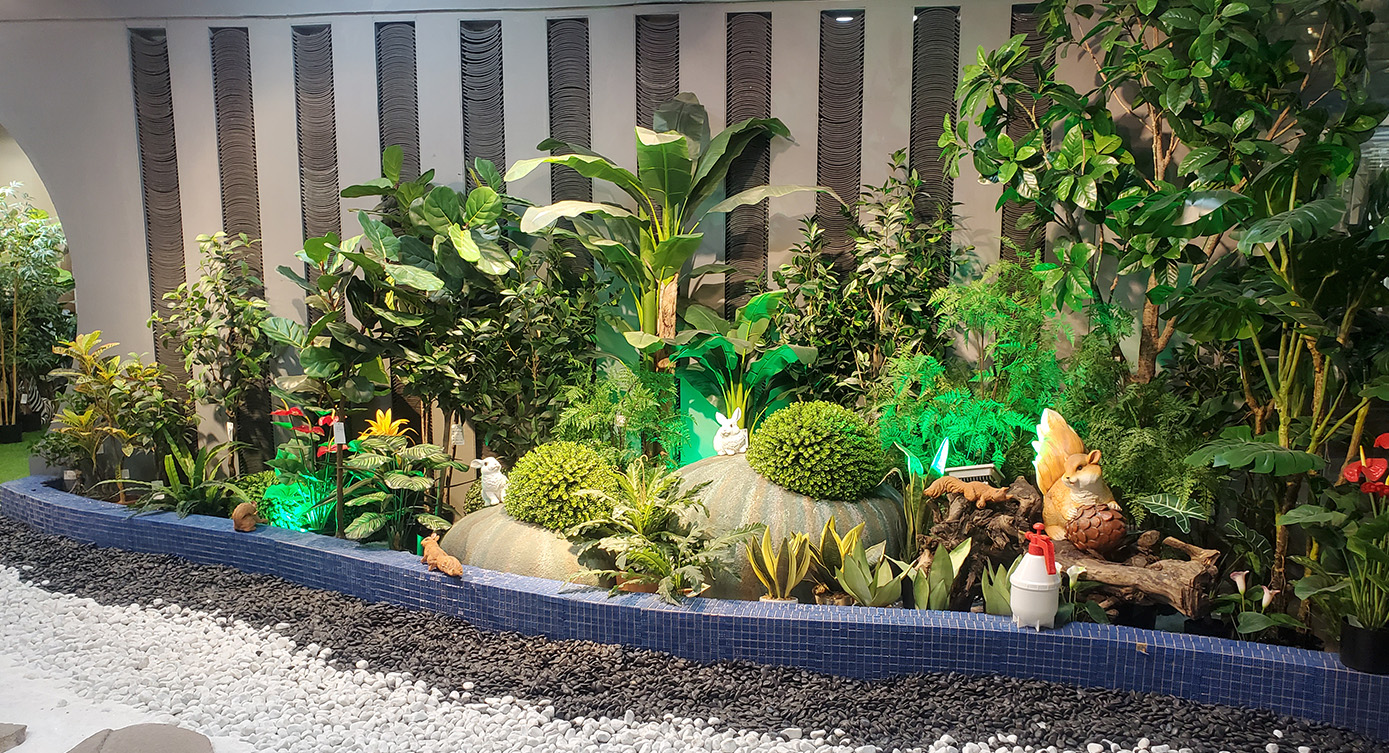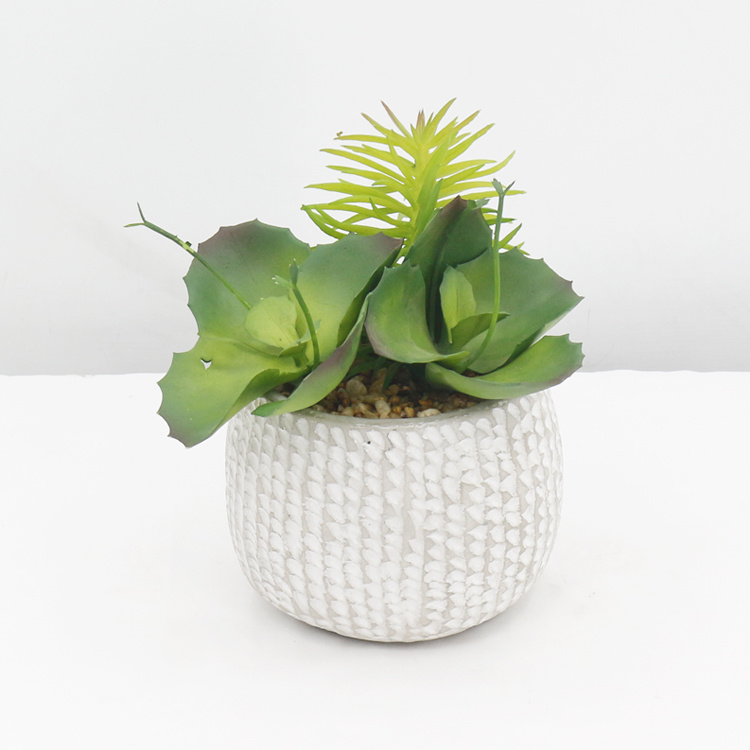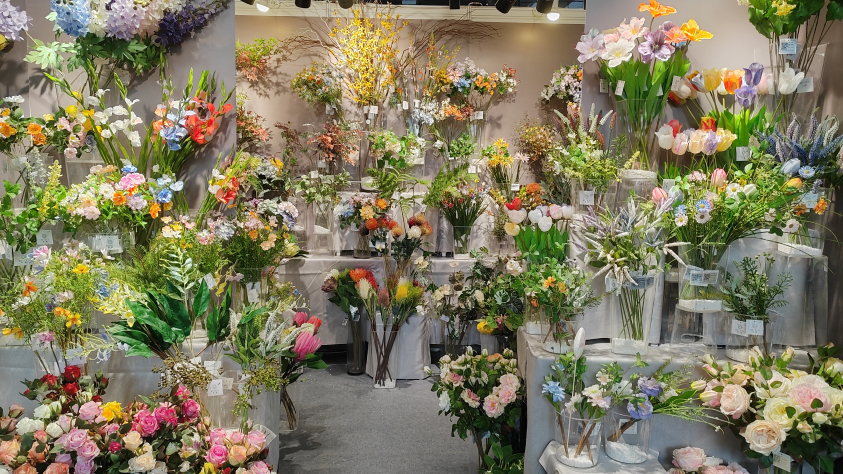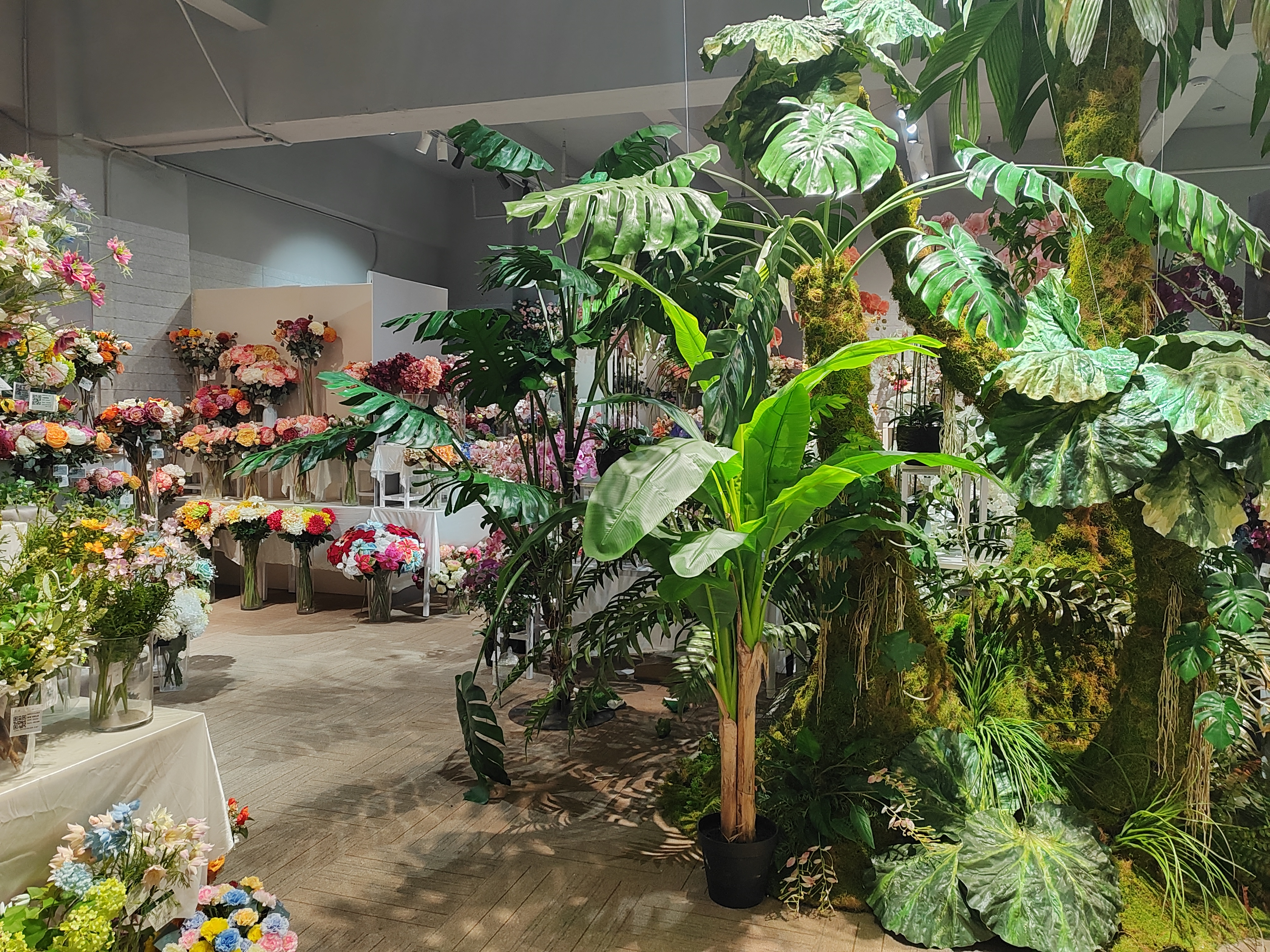

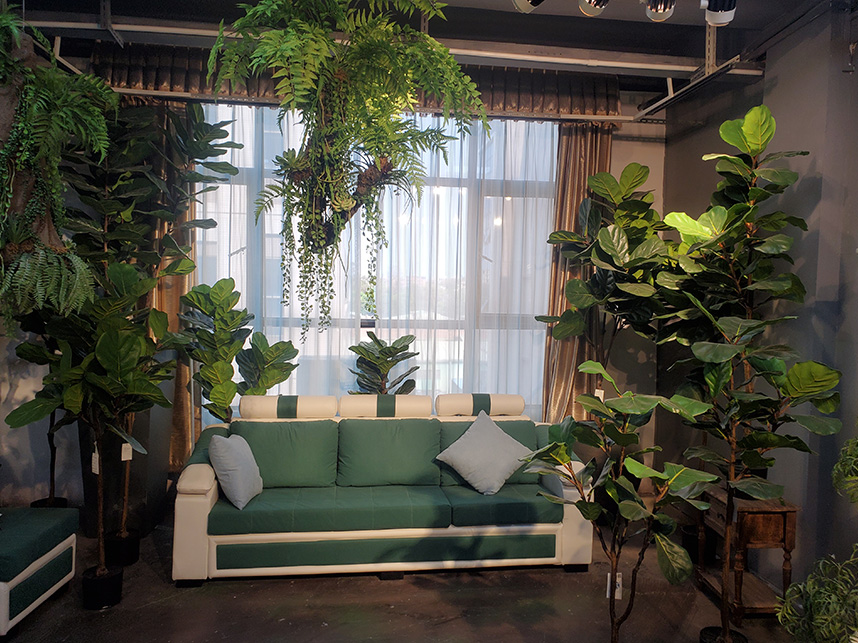
Healthcare facilities, such as hospitals, clinics, and nursing homes, are places where patients and residents seek healing, comfort, and support during challenging times. Creating a welcoming and comforting environment is essential for promoting well-being and enhancing the patient experience. Artificial flowers have emerged as a valuable tool for achieving these goals, offering sustainability, innovation, and environmental friendliness while brightening spirits and improving the atmosphere of healthcare settings. In this blog, we'll explore the numerous benefits of using artificial flowers in healthcare facilities, highlighting their ability to uplift moods, reduce stress, and create a sense of warmth and positivity.
A Soothing Presence:
Walking into a healthcare facility can be an overwhelming experience for patients and visitors alike. The sterile environment, clinical equipment, and bustling activity can contribute to feelings of anxiety and apprehension. Artificial flowers provide a soothing and familiar presence that helps to soften the clinical atmosphere and create a more welcoming environment for all.
With their lifelike appearance and vibrant colors, artificial flowers add a touch of beauty and warmth to healthcare settings, making patients and visitors feel more at ease. Whether displayed in waiting areas, patient rooms, or common spaces, artificial flowers create a sense of comfort and tranquility that can have a positive impact on the overall patient experience.
Sustainable Solutions:
Sustainability is an increasingly important consideration for healthcare facilities seeking to reduce their environmental footprint and promote eco-friendly practices. Artificial flowers offer a sustainable alternative to fresh flowers, providing a long-lasting and reusable option for adding greenery and color to healthcare settings.
By opting for artificial flowers made from eco-friendly materials such as recycled plastics and biodegradable polymers, healthcare facilities can minimize their impact on the environment and demonstrate their commitment to sustainability. Unlike fresh flowers, which require frequent replacement and disposal, artificial flowers require minimal maintenance and can be reused indefinitely, making them a cost-effective and environmentally friendly choice for healthcare settings.
Innovative Design Options:
Artificial flowers come in a wide variety of shapes, sizes, and styles, allowing healthcare facilities to create custom arrangements that complement their decor and aesthetic. With advancements in materials science and manufacturing technology, modern artificial flowers closely mimic the look and feel of real flowers, offering lifelike beauty and durability.
Innovative design options, such as 3D printing and laser cutting, enable manufacturers to create artificial flowers in intricate designs and patterns that add visual interest to healthcare settings. From classic roses and lilies to exotic orchids and tulips, artificial flowers offer endless possibilities for creative expression, allowing healthcare facilities to create unique and inviting spaces for patients and visitors.
Promoting Well-Being:
Research has shown that exposure to nature and natural elements can have a positive impact on health and well-being. Artificial flowers provide a way to bring the benefits of nature indoors, even in healthcare settings where access to outdoor spaces may be limited.
Studies have demonstrated that the presence of flowers and plants can reduce stress, anxiety, and pain levels in patients, leading to faster recovery times and improved outcomes. By incorporating artificial flowers into their decor, healthcare facilities can create environments that promote healing and relaxation, helping patients feel more comfortable and supported during their stay.
Enhancing the Patient Experience:
The patient experience is a top priority for healthcare facilities seeking to provide high-quality care and service. Artificial flowers contribute to a positive patient experience by creating a warm and inviting atmosphere that fosters a sense of comfort and well-being.
Whether displayed in patient rooms, hallways, or common areas, artificial flowers add a touch of beauty and color to healthcare settings, making patients feel more at home during their stay. The presence of artificial flowers can also serve as a conversation starter and provide a welcome distraction for patients undergoing treatment or recovering from illness or injury.
Supporting Mental Health:
Healthcare facilities often serve patients with a wide range of physical and mental health needs. Artificial flowers can play a role in supporting mental health by providing a source of comfort and joy for patients experiencing stress, depression, or loneliness.
Studies have shown that exposure to natural elements, such as flowers and plants, can improve mood and cognitive function, reduce symptoms of depression and anxiety, and increase feelings of happiness and well-being. By incorporating artificial flowers into their decor, healthcare facilities can create environments that promote mental health and emotional well-being for patients, visitors, and staff alike.
Conclusion:
Artificial flowers offer numerous benefits for healthcare facilities seeking to create welcoming, comforting, and uplifting environments for patients, visitors, and staff. With their sustainability, innovation, and environmental friendliness, artificial flowers provide a practical and cost-effective solution for adding beauty and warmth to healthcare settings.
By incorporating artificial flowers into their decor, healthcare facilities can promote healing, reduce stress, and enhance the overall patient experience. Whether displayed in waiting areas, patient rooms, or common spaces, artificial flowers create a sense of tranquility and positivity that can make a significant difference in the lives of those who are seeking care and support.
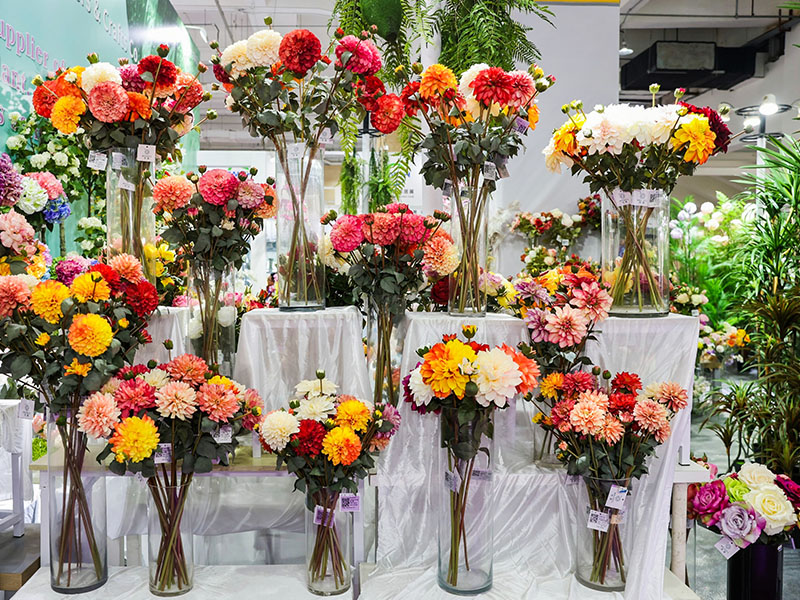
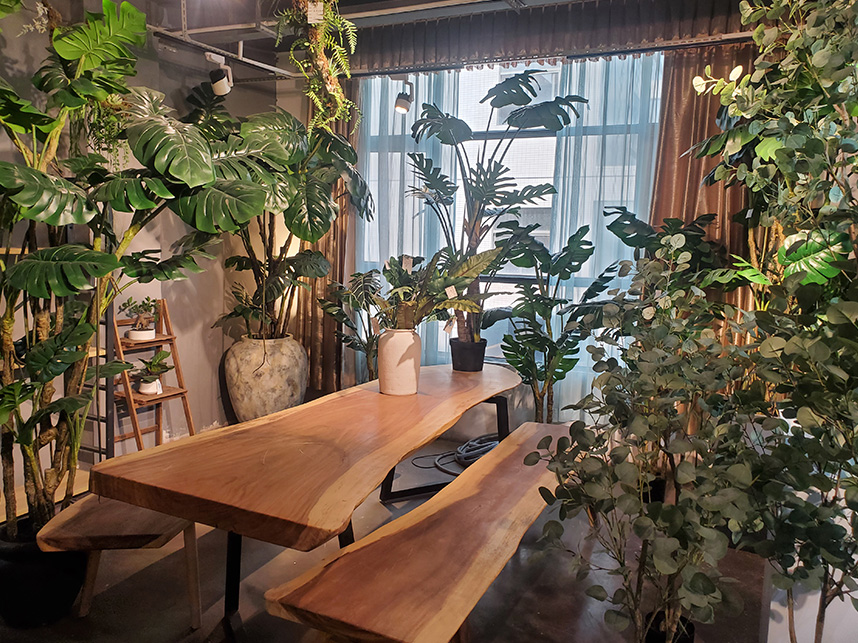

important to us





